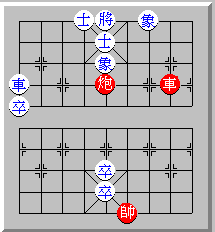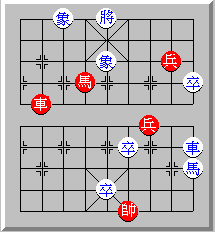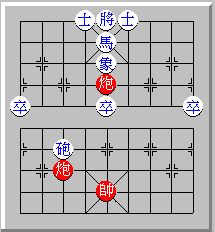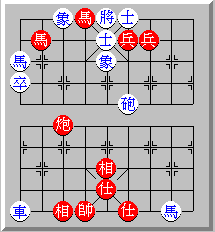
R2=3 m7+9
R3=2 m9-7
R2=3 m7+9
R3=2 m9-7
R2=3 ....

R2=3 m7+9
R3=2 m9-7
R2=3 m7+9
R3=2 m9-7
R2=3 ....

N6+7 k6+1
N7-6 k6-1
N6+7 k6+1
N7-6 ....

C7=3 c3=7
C3=7 C7=2
C3=8 c2=8

C7=5 c6=5
C5=2 c5=8
C2=5 C8=5
C5=2 C5=8
C2=5 ...